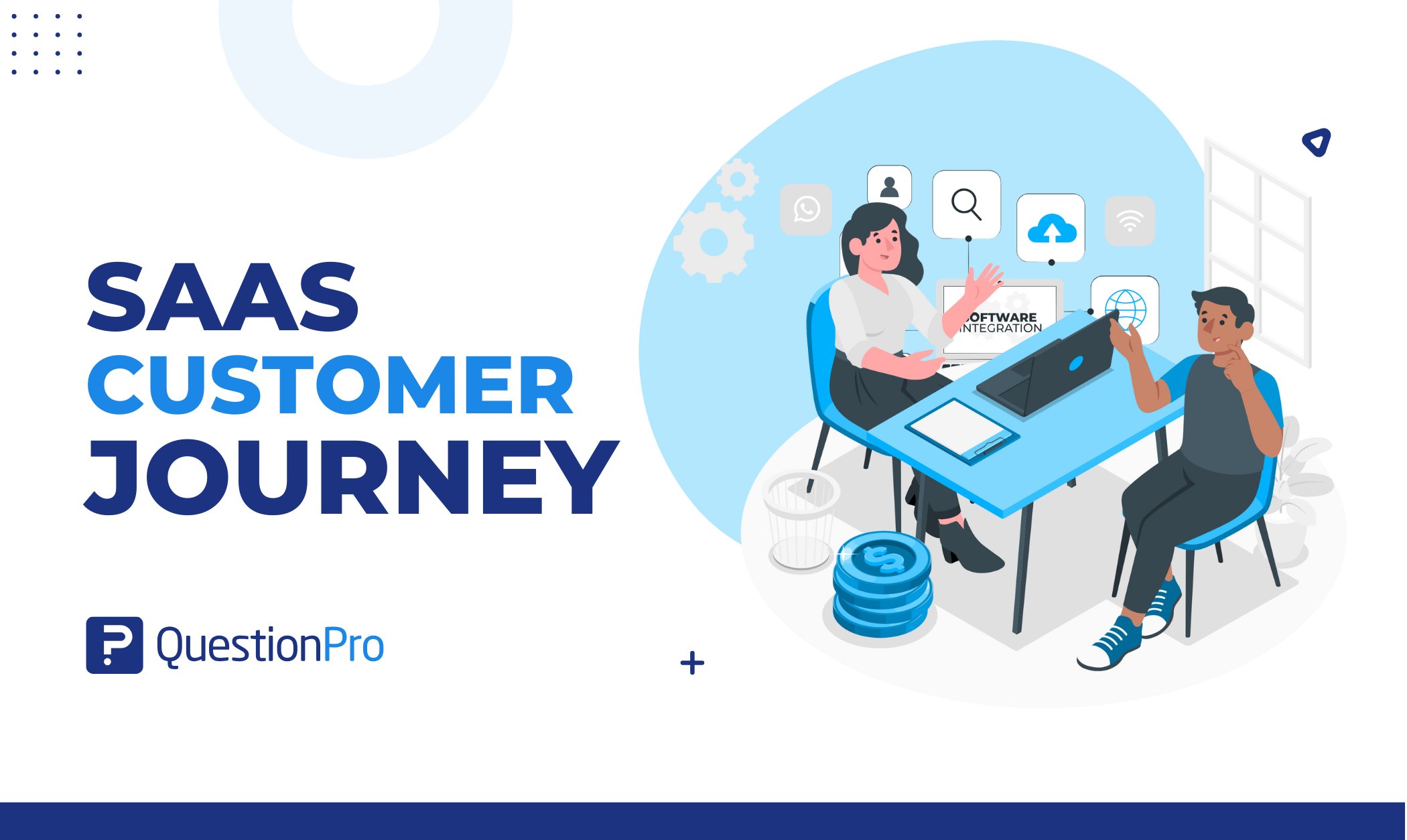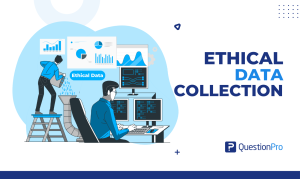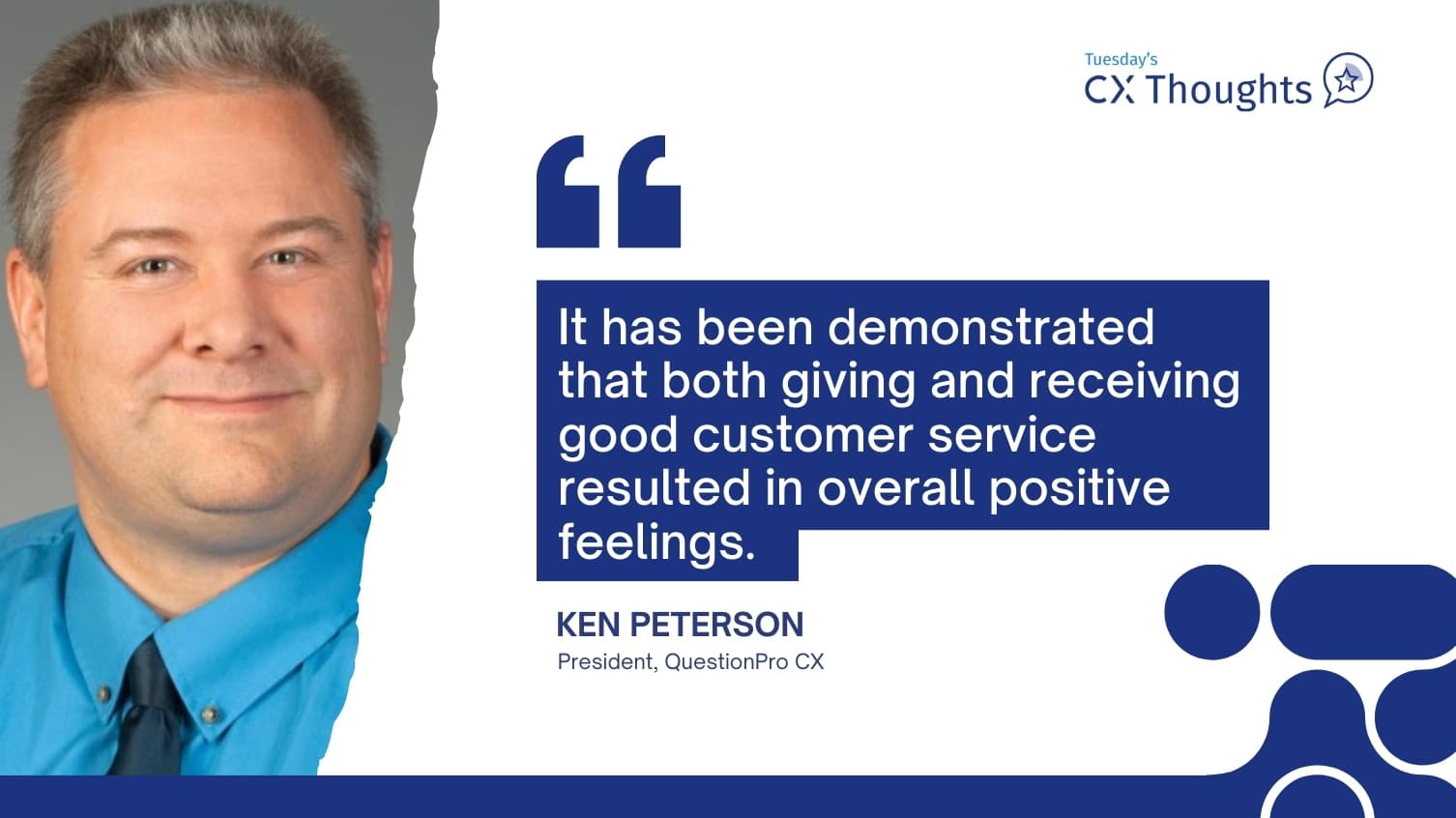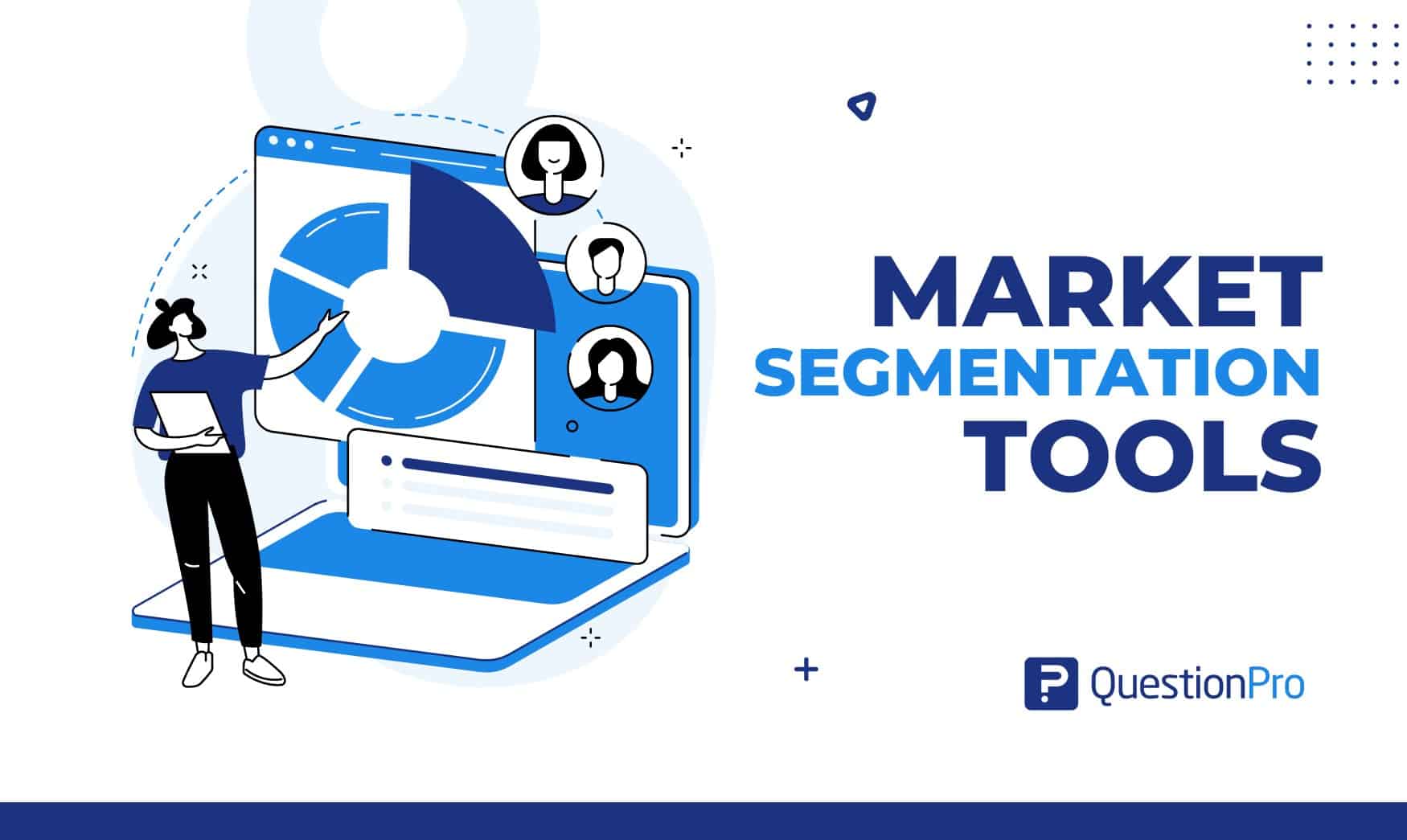
How can you be sure that your product or service is exactly what all your customers want? Some may love a new feature, while others might hate it. Using market segmentation tools helps you group your customers based on similar preferences. This way, you can adjust your product, services, and marketing to suit each group’s needs.
Choosing the right marketing segmentation tool can be challenging because there are many options available. If you aim to customize your marketing strategies and messages for different audience groups to make your campaigns more relevant and effective, you now have to determine the best platform for your needs.
In this article, we’ll explore some top market segmentation tools from 2025 and help you decide which one suits your business best.
What is Market Segmentation?
Market segmentation specifies customer groups with similar characteristics and market-specific products or services to meet their needs. For instance, selling comfortable shoes with added cushioning to people aged 60 and above and trendy sneakers to those who are 25 and younger.
Market segmentation typically occurs in four main ways:
- Geographic: Targets customers based on location and regional differences.
- Demographic: Segments based on age, gender, income, etc.
- Psychographic: Focuses on values, lifestyles, and attitudes.
- Behavioral: Analyzes buying behaviors and brand loyalty.
Learn more about what market segmentation is and how it allows you to correctly direct your marketing efforts to the right audience to ensure the success of your business.
What are Market Segmentation Tools?
Market segmentation tools are software or platforms that assist businesses in splitting their target audience into different groups. They help businesses analyze customer data, find segment similarities, and adjust marketing approaches to reach each group more effectively.
Using the right tools can help you better understand your customers and improve your marketing. Here are some important types of tools to consider for market segmentation. Businesses often use a combination of these tools to effectively segment their market and personalize their marketing strategies to each segment’s specific needs and preferences.
Customer Surveys
Collecting customer feedback through surveys is a great way to understand what customers want and expect. You can use QuestionPro to easily create and send out surveys to collect information about your customers’ demographics, behaviors, and attitudes.
Here’s how customer surveys help with market segmentation:
- Gather feedback directly from customers.
- Collect data on demographics, behaviors, attitudes, and preferences.
- Test value proposition, pricing, and positioning.
- Helps in identifying and differentiating market segments.
Learn more about the leading Customer Survey Software to collect automated survey data and get robust analytics to measure customer satisfaction and experience.
Customer Analytics
Customer analytics tools track and analyze data from various channels, such as websites, social media, and email, to understand customer interactions and behaviors. Google Analytics is the best example of a tool that helps monitor demographics, interests, and preferences, providing crucial segmentation data.
Here’s how customer analytics assist with market segmentation:
- Track and analyze customer interactions across various channels.
- Provide insights into demographics, interests, and preferences.
- Monitor customer behaviors, feedback, and loyalty.
- Optimize website and landing pages through heatmaps and A/B testing.
Learn more about top A/B Testing Software for optimizing your website.
Market Research
Market research tools offer insights and trends about your industry, competitors, and customers. These platforms provide data and reports on market size, growth, and segmentation, enabling businesses to identify opportunities and threats for segmentation.
Here’s how market research tools assist with market segmentation:
- Provide insights and trends about the industry, competitors, and customers.
- Discover new opportunities and threats in the market.
- Access data and reports on market size, growth, and segmentation.
- Analyze content, keywords, and backlinks against competitors.
Learn more about the Leading Market Research Tool for real-time data collection and insights powered by robust analytics.
Customer Personas
Creating customer personas helps visualize and understand your ideal customers, facilitating segmentation communication within your team. These types of tools allow businesses to build personas based on customer data and research, including demographics, goals, challenges, and motivations.
Here’s how customer personas help with market segmentation:
- Create visual profiles of ideal customers based on data and research.
- Synthesize and communicate segmentation to team and stakeholders.
- Include information like demographics, goals, challenges, and motivations.
- Design and present personas attractively and engagingly.
Customer Journey Maps
Customer journey mapping tools illustrate how customers interact with your brand across different touchpoints and stages. These platforms help identify customer needs, emotions, and pain points throughout their journey, guiding businesses in improving segmentation strategies and customer experiences.
Here’s how market research tools assist with market segmentation:
- Illustrate how customers interact with the brand across touchpoints and stages.
- Identify and improve customer needs, expectations, and emotions.
- Include actions, thoughts, feelings, pain points, and opportunities.
- Prototype and test solutions for different segments.
7 Best Market Segmentation Tools of 2025
Customer segmentation helps you customize your offerings, improve marketing strategies, and boost your earnings. For this task, you need the perfect customer segmentation tool. Let’s check out the top 7 market segmentation tools for 2025.
1. QuestionPro Research Suite
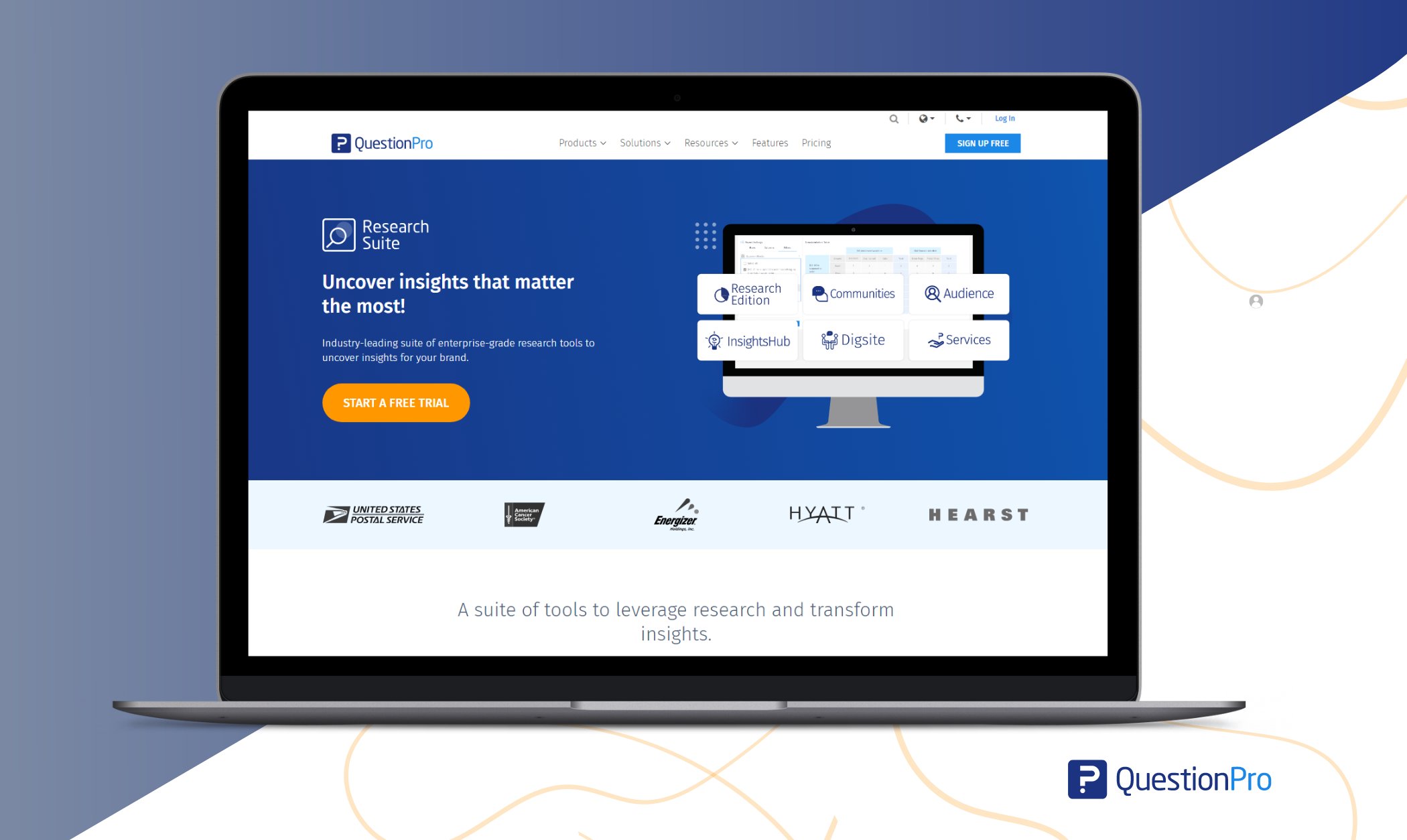
QuestionPro is a comprehensive survey and research platform that offers robust customer segmentation tools to businesses seeking to gain valuable insights from their target audience. It offers a comprehensive suite of features designed to empower businesses to segment their customer base effectively and drive targeted marketing strategies.
QuestionPro empowers businesses to segment their customer base effectively and confidently drive targeted marketing strategies. With its advanced survey design and segmentation features, QuestionPro stands out as a top customer segmentation software for businesses seeking to optimize their customer segmentation efforts.
Key features of QuestionPro:
- Advanced Survey Design
- Robust Segmentation Capabilities
- Real-Time Analytics
- Multi-Channel Distribution
- Integration Capabilities
- Customization and Branding
- Scalability and Flexibility
Pros:
- Advanced customer segmentation capabilities for precise targeting.
- Customizable surveys to specific segmentation needs.
- Multi-channel distribution options for maximum reach and customer engagement.
- Real-time customer data analytics for instant insights and decision-making.
- Seamless integrations with popular platforms for streamlined data synchronization.
Cons:
- Pricing may vary depending on the features and customization options required.
- Customization options may require some technical expertise to implement effectively.
Pricing:
- Free license never expires. Upgrade anytime.
- Pricing for premium features and packages starts from $99.
2. Google Analytics
Google Analytics is one of the valuable audience segmentation tools. This platform offers powerful capabilities and insights for optimizing marketing campaigns and targeting specific audience segments.
Pros:
- The platform provides plenty of pre-built audience segment reports, making it easy for marketers to quickly gain insights into different customer segments and their behavior.
- Google Analytics seamlessly integrates with Google Ads, enabling marketers to create audience segments in Analytics and apply them to Google Ads campaigns for targeted advertising.
- Analytics is free to use.
Cons:
- Limited integration options with third-party platforms.
- Limited segmentation implementation options for non-Google platforms.
- Implementation may be challenging for beginners or smaller marketing teams.
Pricing:
- Google Analytics is Free.
3. MailChimp
Mailchimp is well-known for its powerful email marketing software. It’s known for its ability to group or segment email recipients effectively.
With Mailchimp, you can segment your email list using different criteria, such as previous customer behavior, location, customer status, and even when they usually open emails. Mailchimp’s simple editor makes it easy to set up campaigns. Plus, you can test different versions of your campaigns to see which works best.
Key features include:
- Email Audience Segmentation
- Simple Editor
- Split Testing
- Integration with Other Tools
Pros:
- Mailchimp offers robust segmentation capabilities, allowing users to create highly targeted email campaigns based on various criteria.
- The platform features a user-friendly editor, making designing and customizing email campaigns without extensive technical knowledge easy.
- Mailchimp’s free plan allows users to maintain up to 500 contacts and send up to 2,500 emails monthly at no cost.
Cons:
- Mailchimp’s automation capabilities are not as advanced as some other email marketing platforms
- Advanced features can be harder to learn for less experienced users with email marketing.
Pricing:
- Premium plan starts at $10 /month
4. HubSpot
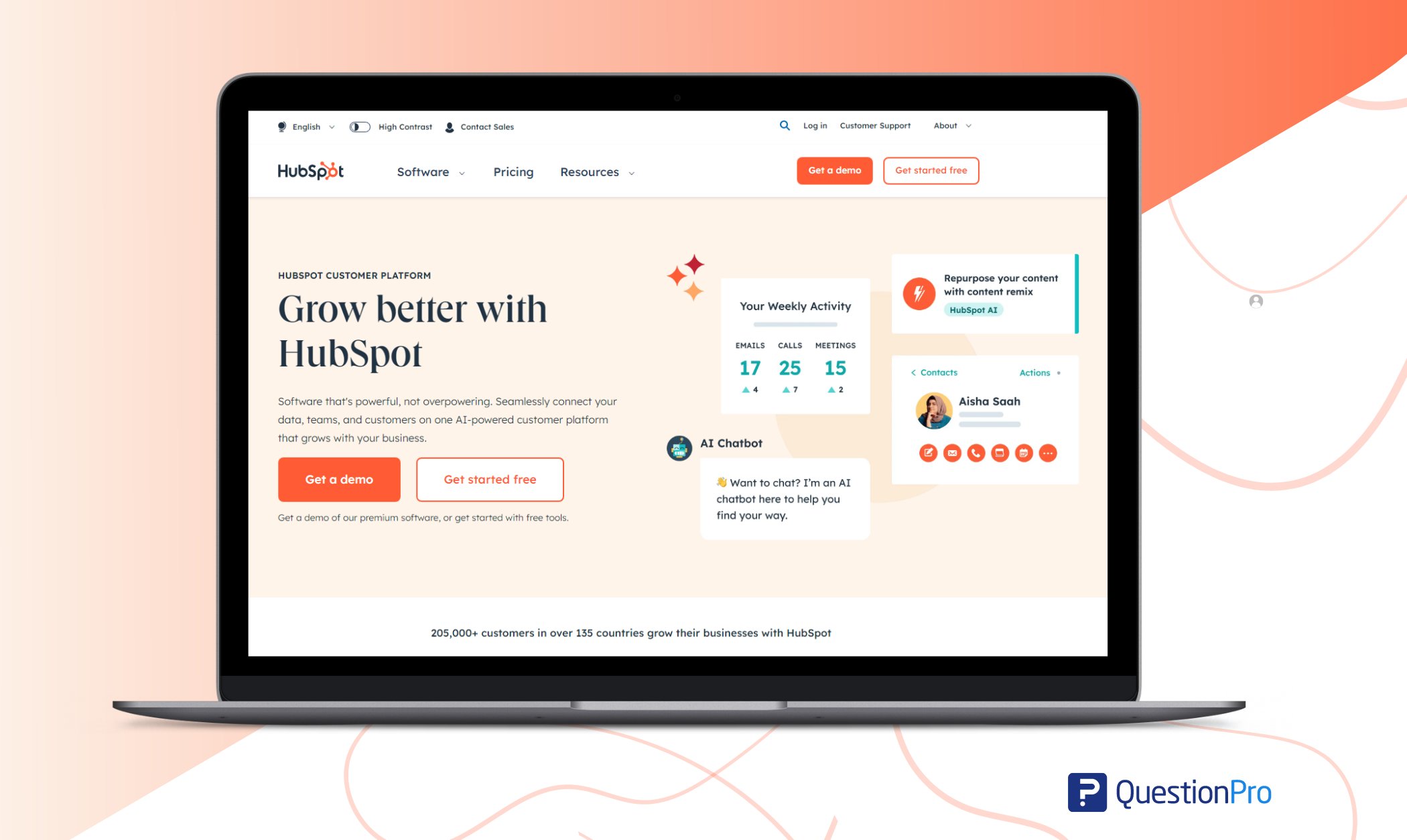
HubSpot is essential for effective marketing plans. Its easy-to-use design and strong tools help businesses organize their marketing, manage customer connections, and boost growth.
HubSpot offers powerful tools for market segmentation. It allows marketers to divide their audience into specific segments based on demographics, behavior, and engagement. This helps marketers create marketing campaigns personalized to specific groups, leading to better business outcomes and return on investment.
Key features include:
- Contact management
- Lead scoring
- Email marketing
- Marketing automation
Pros:
- Built-in CRM and multi-channel attribution tools for tracking campaign results effectively.
- Ability to create and manage segmented campaigns across various channels, such as email, social media ads, and web content, from a unified dashboard.
- Extensive marketing segmentation options based on various factors allow for precise targeting of customers and prospects.
Cons:
- Some advanced features may require higher-tier plans or additional add-ons, potentially increasing costs.
- HubSpot may not be useful for specific industries like e-commerce compared to other platforms.
5. Segment
Segment is a powerful customer segmentation tool for businesses looking to improve customer communication and engagement strategies through data-driven segmentation and omnichannel messaging.
It’s one of the few customer segmentation tools designed specifically to handle audience segmentation across various channels right from the start.
Key Features of Segment:
- Advanced Audience Segmentation
- Omnichannel Communication
- Real-time Dashboards
- Custom Audience Reports
Pros:
- Segment seamlessly integrates with the other platforms
- Allow users to segment campaigns based on real-time data.
- Segment offers audience segmentation recommendations to create targeted campaigns.
Cons:
- Expensive Add-ons
- Visits-based Pricing
Pricing:
- Premium plan starts at $800/month
6. UpLead
UpLead provides helpful features to enhance and categorize customer information, making it a handy tool in the customer segmentation process for businesses aiming to find and connect with specific potential customers.
Additionally, UpLead provides the best customer segmentation tools to assist in setting up targeted campaigns and delivering tailored website content to different customer groups.
Key Features of UpLead:
- Account identification
- Lead enrichment
- Prospect segmentation
- Intent data segmentation
- Email campaigns segmentation
Pros:
- Implementation tools to assist in creating segmented campaigns and delivering personalized website content to specific segments.
- Suitable for businesses utilizing an ABM Lite approach.
- Intent data segmentation allows users to prioritize leads and target accounts based on their level of interest or engagement.
Cons:
- The pricing model is based on credits, which may limit the number of searches or data enrichment tasks users can perform within a given period.
- UpLead may lack some advanced features found in other market segmentation tools.
- Limited integrations.
Pricing:
- Free Trial available for 7 days.
- Premium plan starts at $99/month
7. Survicate
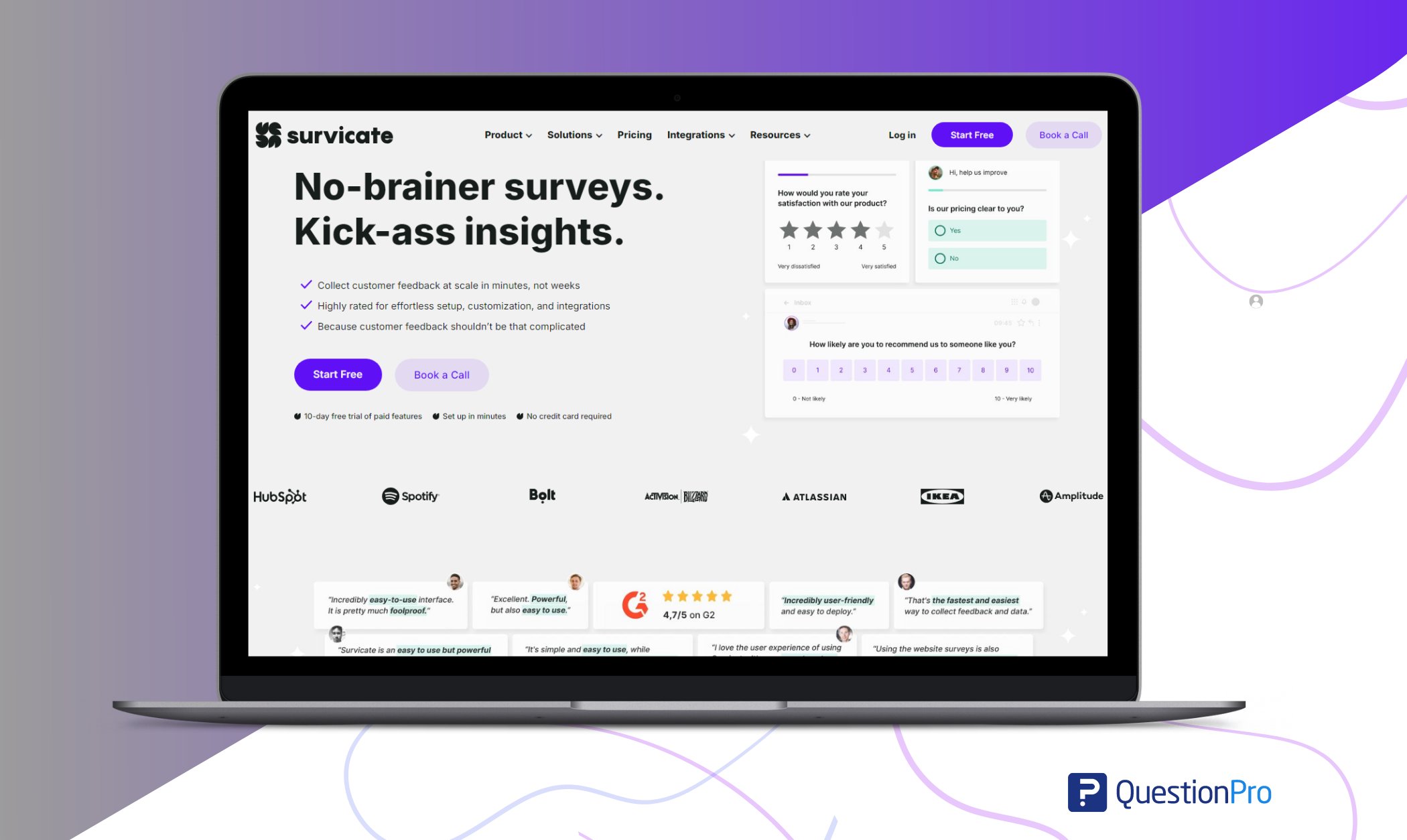
Survicate offers a simple yet powerful solution for customer segmentation through surveys. It allows businesses to gather valuable customer data through surveys. Survicate enables effective segmentation for various marketing initiatives such as market research, product onboarding, and customer satisfaction programs.
Key features of Survicate:
- Drag-and-Drop Survey Editor
- Template Library
- Integration with Other Tools
Pros:
- Survicate offers an intuitive and easy-to-use interface, making it simple for users to create and deploy surveys without extensive technical knowledge.
- Survicate allows surveys to be deployed across multiple platforms, including emails, websites, social media, Intercom chats, and mobile apps, ensuring maximum reach and participation.
- Users can easily customize surveys to match their brand’s aesthetic and messaging, enhancing engagement and response rates.
Cons:
- Subscription fees are relatively high
- New users can find it challenging to create surveys and analyze data initially.
Pricing:
- Free with 25 responses per month.
- Premium plan starts at $99/month.
How to Choose the Right Market Segmentation Tool?
Choosing the right market segmentation tool is really important for businesses that want to improve their marketing and reach their audience well. Here are important things to think about when you’re choosing the right tool:
- Segmentation Capabilities: Evaluate the tool’s segmentation features.
- Integration with Existing Systems: Consider the tool’s compatibility with your existing systems, such as CRM, marketing automation, and analytics platforms.
- Ease of Use and User Interface: Choose a tool with an intuitive user interface and easy-to-use features such as segmentation setup, data analysis, and campaign execution, even for users with limited technical expertise.
- Customization and Flexibility: Look for a tool offering customization options for your business needs and objectives.
- Data Accuracy and Reliability: Ensure the tool provides accurate and reliable data for segmentation purposes.
- Analytics and Reporting: Look for features such as real-time analytics, visualization tools, and customizable reports.
- Cost and Value: Assess the tool’s pricing structure and value proposition in relation to your budget and expected ROI.
- Customer Support and Training: Choose a tool that offers reliable customer support and training resources to help you maximize its potential.
Why QuestionPro is the Best Market Segmentation Tool?
QuestionPro offers businesses the necessary market segmentation tools and abilities to organize their customer base effectively and create focused marketing plans. Its advanced features make it the best customer segmentation tool for companies aiming to improve their customer segmentation and succeed in today’s competitive market.
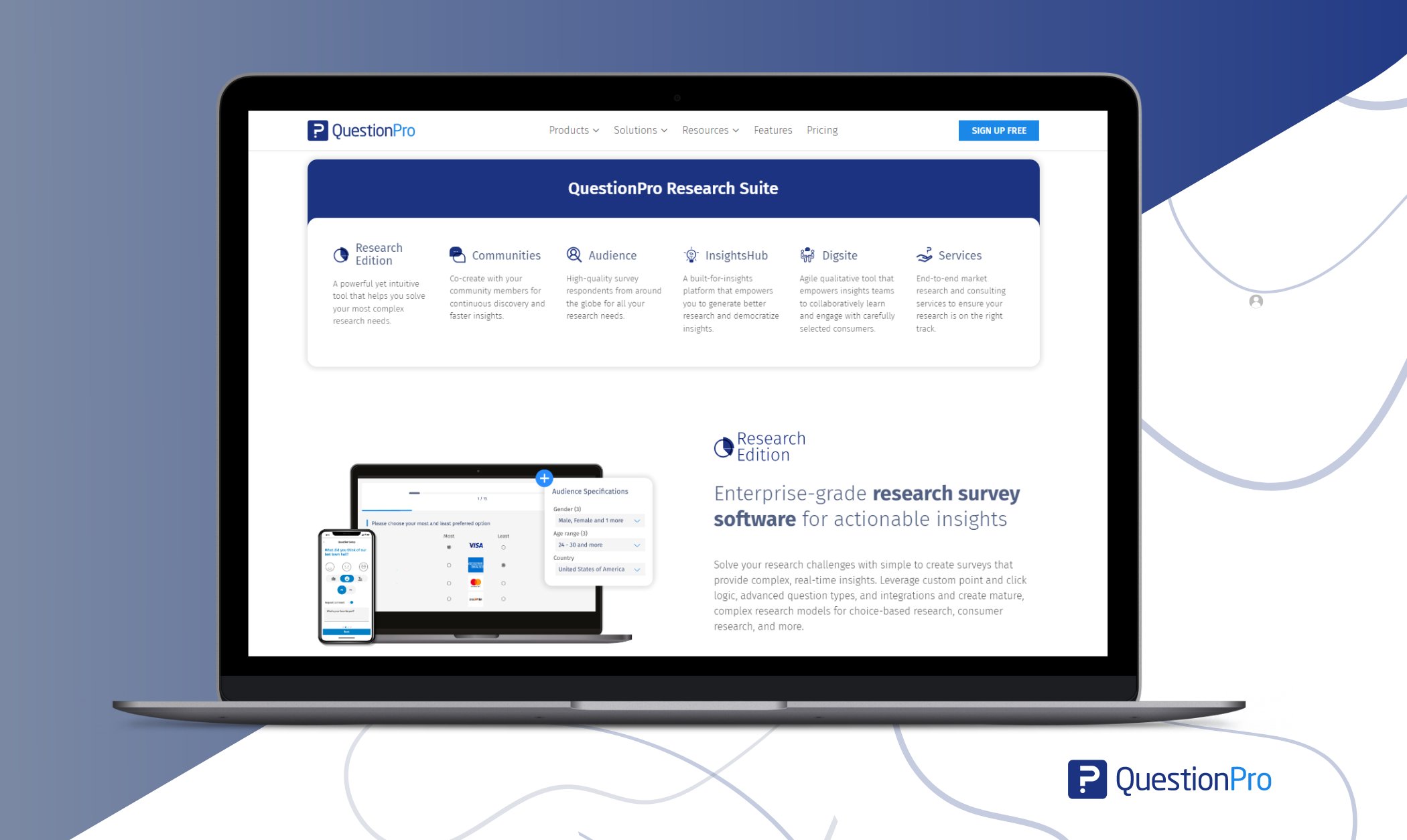
Here is why you should choose QuestionPro for market segmentation:
- Advanced Segmentation Capabilities: QuestionPro provides advanced audience segmentation features, allowing businesses to divide their audience based on various criteria such as demographics, behavior, preferences, and more.
- Customizable Surveys: The survey builder allows users to create customized surveys tailored to their specific segmentation needs, ensuring accurate data collection and analysis.
- Multi-Channel Distribution: QuestionPro’s multi-channel distribution options, including email, web, mobile, social media, and more, allow you to reach your audience wherever they are, maximizing response rates and engagement.
- Real-Time Analytics: QuestionPro’s real-time analytics dashboard provides instant insights into audience segmentation data, enabling quick decision-making and campaign optimization.
- Seamless Integrations: QuestionPro integrates with popular CRM, marketing automation, and analytics platforms, allowing for seamless data synchronization and analysis across multiple systems.
- Expert Support: QuestionPro’s expert support team can assist with survey design, implementation, and analysis, ensuring a smooth and successful segmentation process.
Customers and prospects vary, and how you treat them might effect your revenue. It’s important to divide them into different groups based on their interests and needs. This market segmentation should be done regularly, monthly, or even weekly. Though slow, the benefits are worth it.
A good way to begin is by simply asking your customers what they like and want and if they’re happy with your products or services. If that sounds good to you, why not try QuestionPro? Get started to make attractive surveys that give you helpful information.
Frequently Asked Questions (FAQs)
Market segmentation is when a business divides a large market into smaller groups of people who share similar traits. This helps businesses create marketing plans that target specific groups, making their advertising more effective.
Market segmentation tools are software or platforms that assist businesses in identifying and analyzing different market segments. These tools use data analytics, algorithms, and various metrics to categorize customers into distinct segments based on specific criteria.
Market segmentation tools typically gather and analyze large amounts of data from various sources, including customer surveys, purchase history, social media, and website analytics. They use statistical techniques and machine learning algorithms to identify patterns and group customers into segments based on shared characteristics.




